I vividly recall the morning I first tried this gluten free french toast recipe. The kitchen was filled with a warm aroma of cinnamon and vanilla, and that comforting scent instantly flooded me with family brunch memories. If you’re anything like me, you appreciate a breakfast treat that’s tender in the middle, slightly crisp at the edges, and bursting with flavor in every bite. The challenge was always finding a version that didn’t involve regular bread. I grew up always hearing about the classic French toast method with wheat-based loaves, but once I discovered I needed a gluten free option, it took a couple of tries—and a few burnt edges—before I found a method that truly worked. Now, I can’t picture my weekend mornings without this dish. In this article, I’ll walk you through all the steps, share my personal missteps, and hopefully pass along a gluten free french toast recipe you’ll want to make again and again.
My Journey to the Perfect Slice
I started experimenting with a variety of breads, from store-bought versions to homemade gluten free brioche french toast attempts. Surprisingly, my very first attempt was far from perfect. The mixture of eggs and milk soaked into the bread too quickly, turning it into a soggy mess. I tried adding more flour (which happened to be a gluten free all-purpose mix), but that only made the batter gummy. After several less-than-stellar results, I decided to pay closer attention to consistency, soak time, and the right heat level on my stovetop.
One of my biggest learning moments came when I accidentally overheated the pan. My first slice charred on the outside in a matter of seconds while remaining uncooked in the center. Another time, I marinated the bread for way too long, leaving everything mushy. Through these experiences, I found a happy medium: a quick dip in the egg mixture works wonders. And never rush the browning process—moderate heat is the key to a nice golden exterior.
This gluten free french toast recipe (#1) makes use of fresh ingredients, a simple soak, and lots of personal touches, ranging from a hint of cinnamon to a dash of nutmeg. I’ll share all those details below so you can avoid the pitfalls I encountered. After all, there’s nothing quite like the perfect slice of French toast to start your day.
Ingredients and Equipment
Before diving into the steps, let me lay out everything you need. I personally keep most of these items on hand for my weekend breakfasts. Since I’m partial to sweet breakfast dishes, it’s easy to whip this up when the craving strikes.
- Gluten-Free Bread (4–8 slices): My favorite brand is a soft loaf that has just the right thickness. The best bread for gluten free french toast is something that can hold up to liquid without disintegrating.
- Eggs (2–3, depending on how many slices): For that classic gluten free eggy bread recipe, eggs help create the perfect custardy dip.
- Milk (¾ cup): I frequently use dairy-free alternatives, so this can also be a dairy free gluten free french toast recipe if you prefer almond or oat milk.
- Cinnamon (1 teaspoon): Adds that sweet warmth.
- Nutmeg (¼ teaspoon): Optional, but I love the extra depth it brings.
- Vanilla Extract (1 teaspoon): Entirely optional, yet it contributes a lovely aroma.
- Salt (pinch): Balances the sweetness.
- Cooking Oil or Butter (as needed): Used for greasing the pan. If you want a vegan and gluten free french toast recipe, you can swap traditional butter for a plant-based margarine.
- Mixing Bowl: Wide enough to dip bread slices easily.
- Whisk: Helps achieve a smooth batter.
- Non-Stick Pan or Griddle: My personal choice is a well-seasoned cast iron pan for even browning.
- Spatula: To flip slices gently without tearing.
For added confidence in food safety, you can check the USDA guidelines on egg handling, which emphasize cooking eggs until they reach 160°F in the center.
Quick Note: If you’re sensitive to dairy, choose a lactose-free or plant-based milk. For an allergy-friendly gluten free french toast, also double-check that any butter substitute is free from allergens you avoid.

The Basic Method (Step-by-Step Guide)
I think of this gluten free french toast recipe (#2) as my weekend savior. By following these steps, you can adapt it to your taste. Those who love a sweet spin can add more sugar or top with fresh fruit, while savory fans might minimize sweet flavors and try a pinch of garlic powder. Below is my usual process:
- Prepare the Custard Mixture
In a shallow bowl, crack the eggs and whisk them with milk, cinnamon, salt, nutmeg, and vanilla extract. I recommend whisking for at least 30 seconds. You want a uniform mix without any large streaks of egg white. - Warm Up the Pan
Place your pan on medium heat, adding a thin layer of butter or oil. I typically wait until the butter starts to bubble slightly so the surface is hot enough for a quick sear.

- Dip the Bread (But Don’t Soak!)
Gently place each bread slice into the custard for a short moment, flipping to coat both sides. After much trial and error, I found a quick dip of about 5 seconds per side is enough for me. Anything longer sometimes leads to extra soggy slices. - Cook Until Golden
Lay the soaked bread onto the hot pan. You want the heat to be moderate—hot enough for browning, but not so hot that it burns the outside before cooking the inside. Cook each side for 2–3 minutes or until golden brown. Use your spatula to peek at the color as it cooks.Pro Tip: For a quick gluten free cinnamon french toast vibe, dust a little extra ground cinnamon on top right before flipping.

- Repeat as Needed
If you’re making a large batch, keep the cooked slices warm in a low oven (around 200°F). This approach also crushes that “my first slice got cold while I was finishing the rest” problem.
Troubleshooting and Real-Life Blunders
I’ve had my fair share of cooking mishaps while chasing the best gluten free french toast for breakfast. On my second attempt, I accidentally added too much flour to the egg mixture. That extra thickness made the bread almost rubbery in texture. The fix? Omit any added flour unless your bread is extremely porous. If you’re using a very airy loaf that absorbs too much liquid, a tablespoon of cornstarch or a bit of gluten free pancake mix can help thicken the dip.
Another tip: keep an eye on your heat. If the center of your toast is undercooked by the time the outsides are done, lower the setting. Then, give each side a bit more time on the pan. You might also try an overnight gluten free french toast bake if you prefer a make-ahead approach. You’d assemble everything ahead, refrigerate it, and bake in the morning.
Creative Twists and Variations
I’m a big fan of variety, so here are some ways you can adapt this gluten free french toast recipe (#3) to keep things exciting:
- Fluffy Gluten Free French Toast Casserole: For a crowd-pleasing brunch, layer bread slices in a greased baking dish, pour over the custard, and let it rest for 30 minutes (or overnight). Then bake at 350°F for about 25–30 minutes.
- Healthy Gluten Free French Toast Option: Skip the sugar in the batter, use a light milk option, and top with fresh berries.
- Restaurant-Style Gluten Free French Toast at Home: Garnish with powdered sugar, sliced strawberries, and a drizzle of pure maple syrup for that fancy finish.
- Quick and Easy Gluten Free French Toast: If you’re short on time, pre-measure the spices the night before. All you’ll need to do is whisk eggs and milk in the morning.
- How to Make Gluten Free French Toast from Scratch with Your Own Bread: If you happen to bake your own loaf, let it dry out slightly. Slightly stale slices in this recipe can actually help prevent sogginess.
- Vegan and Gluten Free Option: Swap out the eggs for a mix of ground flaxseeds and water (often called a flax egg). Combine 1 tablespoon of ground flax with 3 tablespoons of water per egg, and let it sit until it becomes gelatinous.
Image of the Final Dish
At long last, you’ll have a stack of this beautifully browned breakfast treat ready to serve. It’s a moment that never fails to make my mouth water. You can keep things classic with just a pat of butter, or go all out with whipped cream, berries, or even a drizzle of chocolate sauce.

Serving Suggestions
Once your final slice is done, you might wonder about the best way to serve it. I often top mine with fresh fruit to complement the warmth of the cinnamon batter. Strawberries, blueberries, or sliced bananas are amazing. A dollop of whipped cream or a drizzle of peanut butter also goes a long way.
If you’re hosting a brunch, think about pairing this with other gluten free brunch ideas with french toast as the star. For instance, roasted vegetables on the side can add a savory balance, or you might do a fruit salad if you’re aiming for a lighter spread. My family also loves to add a side of scrambled eggs or turkey sausage (since we’re avoiding pork) for extra protein.
Nutritional Info and Serving Sizes
From my own calculations (not an official source), a single slice of this quick and easy gluten free french toast can range from 180–250 calories, depending on the type of bread and whether you use dairy milk or a plant-based option. Eggs and milk supply protein, while bread contributes carbohydrates. If you’re curious about more precise numbers, you can log each ingredient into a nutrition calculator.
When I cook for my family of four, I plan on about 2–3 slices per person. However, if you’ve got a crowd of big eaters or kids who love toppings, it might be smart to have extra ingredients on hand. If you have any health concerns, consider consulting a nutrition professional or reference official food safety guidelines. I’m not a medical expert—just someone who loves a tasty breakfast!
Storing Leftovers and Reheating Tactics
If you happen to have leftovers, I like to refrigerate them in an airtight container for up to 2 days. For a quick morning meal, you can pop them into a toaster oven or a hot skillet to reheat. Microwaving works, but the toast can become slightly rubbery. The toaster oven approach delivers a bit of crispness back to the edges, mimicking that fresh-off-the-pan experience.
For longer storage, consider freezing slices between layers of parchment paper. Then, on hectic mornings, heat one or two slices in a preheated oven at 350°F for about 10 minutes, or use the defrost setting on your toaster if it supports thicker items.
My Memories and Mishaps
Growing up, French toast was our weekend special. We’d gather in the kitchen, talk over the sizzling of the pan, and wait impatiently at the table for that first warm slice. The shift to a simple gluten free french toast for celiacs came after I realized standard wheat bread didn’t agree with me. Initially, it felt like I had to say goodbye to a childhood favorite. But with the right bread and a few adaptions, I realized I could still enjoy my old-fashioned gluten free french toast method. I look back fondly on the first time I perfected it—no more soggy bits or burnt edges. Instead, every slice had that wonderful soft-yet-firm middle, and the flavor was just as I remembered.
I’m happy to say my entire family enjoys this new spin, sometimes not even noticing it’s gluten free—especially when it’s topped with syrup and fruit! Little by little, I’ve tested new flavors, like quick gluten free cinnamon french toast or a fluffy gluten free french toast casserole for bigger gatherings. And each time, it brings me back to those weekend mornings we once had.
Cost Insights and Meal Planning
In terms of cost, I usually find that gluten free bread is more expensive than regular bread. But the rest of the ingredients—eggs, milk, spices—are fairly standard. If you’re on a budget, you can watch for sales on your favorite gluten free brand or even bake your own bread. Planning to make this as part of a weekly routine? Buying in bulk can save money. You can also scale down the recipe if it’s just for one or two people.
If you’re big into meal planning, you might want to consider doubling the batch (or even tripling it if you have enough bread). Then freeze whatever you don’t eat right away. It becomes an easy breakfast option on busy weekdays.
Conclusion
My hope is that this gluten free french toast recipe (#4) becomes a staple in your home, just as it has in mine. I know the frustration of trying to replicate a beloved dish without gluten, but a bit of trial and perseverance can lead to something truly fulfilling. Whether you’re craving a simple breakfast, a quick gluten free cinnamon french toast, or experimenting with a full-on fluffy gluten free french toast casserole, the core method remains the same. Each slice offers a comforting taste of nostalgia—even without wheat in the mix.
If you give this recipe a try, I’d love to hear about your experiences. And if you’re on the lookout for more ideas, feel free to follow our Facebook Page for additional recipes and cooking tips. There’s a world of tasty gluten free brunch ideas with french toast still waiting to be discovered in your kitchen!
Frequently Asked Questions
How long should I soak the bread?
I learned that around 5 seconds per side usually works best. If you soak too long, you might end up with a mushy texture. Quick dips allow each slice to pick up enough of the batter without turning soggy.
Can I make a dairy free gluten free french toast recipe?
Absolutely! Swap the regular milk for almond, soy, or oat milk. Also, use a plant-based butter or a little oil to coat your pan. The end result is just as scrumptious.
What’s the best bread for gluten free french toast?
Try a soft loaf that doesn’t crumble easily. Sturdier brands or homemade loaves help retain their shape once dipped in the egg mixture. If the bread is too airy, you might quickly lose that fluffy interior.
Can I freeze these slices?
Yes, you can. Cook the slices first, then let them cool before stacking them with parchment paper in between. Pop them in a freezer-safe container. When you’re ready to eat, reheat in the toaster or oven.
What if I don’t eat eggs?
For a vegan and gluten free french toast recipe, replace each egg with a flax egg (1 tablespoon ground flax + 3 tablespoons water). Let it thicken for about 5 minutes and then use it just like eggs in the batter.
Is it okay to bake them instead of frying?
You can try an overnight gluten free french toast bake or arrange dipped slices on a greased sheet pan at 350°F for 10–15 minutes, flipping halfway. Keep an eye on them so they don’t dry out, but this method works well if you prefer less oil and multiple servings at once.
Why is my French toast always soggy in the middle?
You might be soaking the bread too long or cooking on high heat, causing the outside to brown too fast. Go for a lower temperature and a shorter dip time. Mid-range heat lets the bread cook through without burning the surface.
I hope these notes help you craft a breakfast that fits your taste and dietary needs. This is a dish full of nostalgia for me, and I’m thrilled to share it with folks who are searching for a dependable gluten free french toast recipe (#5). Give it a go, play with toppings, and make it your own. There’s nothing quite like starting the day with a plate of comforting French toast fresh off the pan. Enjoy!
Print
Quick & Easy Gluten Free French Toast – Delicious and Healthy!
- Prep Time: 15 minutes
- Cook Time: 15 minutes
- Total Time: 30 minutes
- Yield: 4-8 slices 1x
- Category: Breakfast
- Method: Frying
- Cuisine: French
- Diet: Gluten Free
Description
A delicious and comforting gluten free French toast recipe that is tender in the middle, slightly crisp at the edges, and bursting with flavor. Perfect for weekend brunch!
Ingredients
- 4–8 slices gluten-free bread – My favorite brand is a soft loaf that has just the right thickness.
- 2–3 eggs – For that classic gluten free eggy bread recipe.
- ¾ cup milk – I frequently use dairy-free alternatives.
- 1 teaspoon cinnamon – Adds that sweet warmth.
- ¼ teaspoon nutmeg – Optional, but I love the extra depth it brings.
- 1 teaspoon vanilla extract – Entirely optional, yet it contributes a lovely aroma.
- pinch salt – Balances the sweetness.
- as needed cooking oil or butter – Used for greasing the pan.
Instructions
- Prepare the Custard Mixture
In a shallow bowl, crack the eggs and whisk them with milk, cinnamon, salt, nutmeg, and vanilla extract. I recommend whisking for at least 30 seconds. You want a uniform mix without any large streaks of egg white. - Warm Up the Pan
Place your pan on medium heat, adding a thin layer of butter or oil. I typically wait until the butter starts to bubble slightly so the surface is hot enough for a quick sear. - Dip the Bread (But Don’t Soak!)
Gently place each bread slice into the custard for a short moment, flipping to coat both sides. After much trial and error, I found a quick dip of about 5 seconds per side is enough for me. Anything longer sometimes leads to extra soggy slices. - Cook Until Golden
Lay the soaked bread onto the hot pan. You want the heat to be moderate—hot enough for browning, but not so hot that it burns the outside before cooking the inside. Cook each side for 2–3 minutes or until golden brown. Use your spatula to peek at the color as it cooks.
Pro Tip: For a quick gluten free cinnamon french toast vibe, dust a little extra ground cinnamon on top right before flipping. - Repeat as Needed
If you’re making a large batch, keep the cooked slices warm in a low oven (around 200°F). This approach also crushes that “my first slice got cold while I was finishing the rest” problem.
Notes
For added confidence in food safety, check the USDA guidelines on egg handling. If you’re sensitive to dairy, choose a lactose-free or plant-based milk. For an allergy-friendly gluten free french toast, double-check any butter substitute for allergens.
Nutrition
- Serving Size: 1 slice
- Calories: 215
- Sugar: 5g
- Sodium: 220mg
- Fat: 8g
- Saturated Fat: 3g
- Unsaturated Fat: 5g
- Trans Fat: 0g
- Carbohydrates: 30g
- Fiber: 2g
- Protein: 8g
- Cholesterol: 110mg


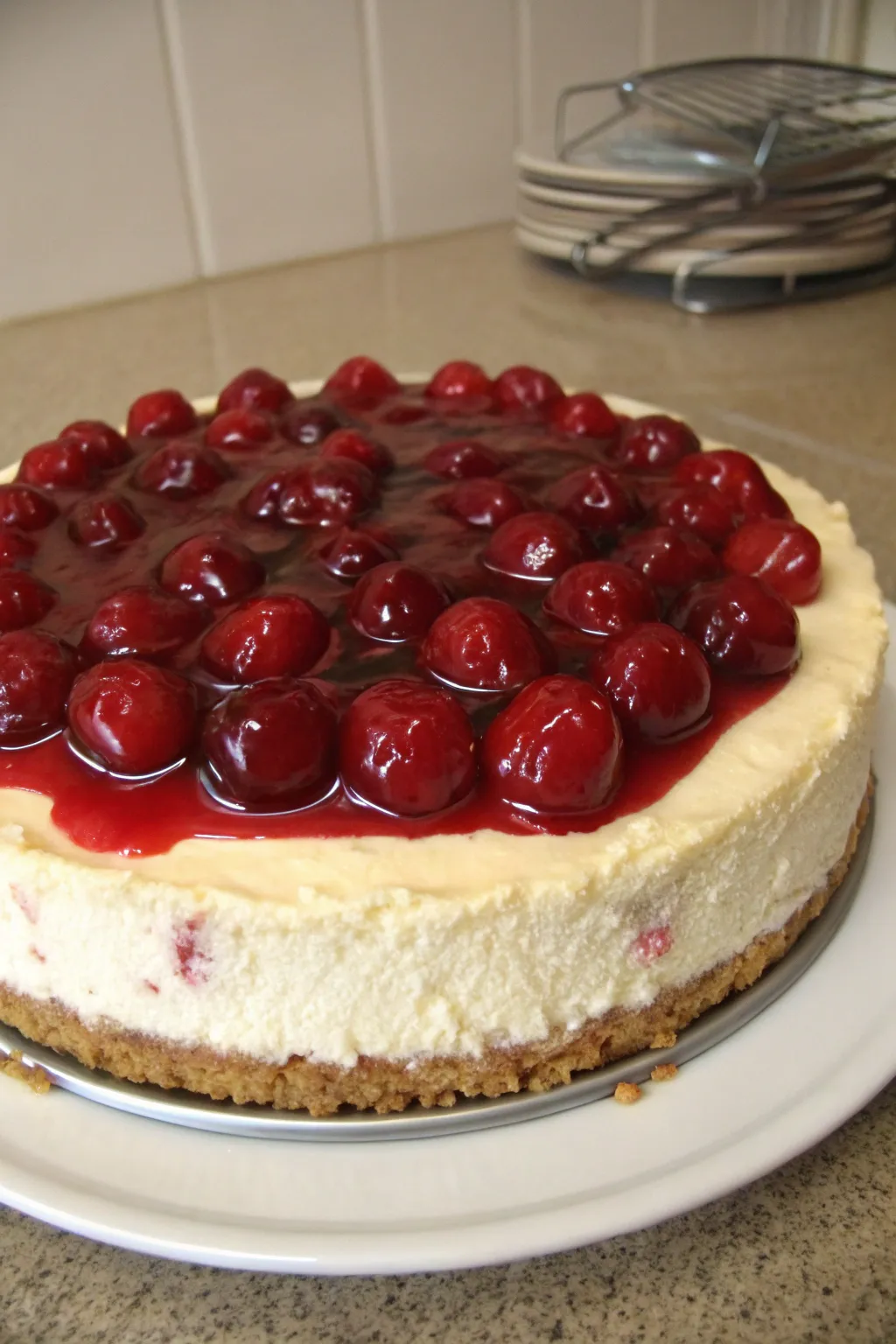

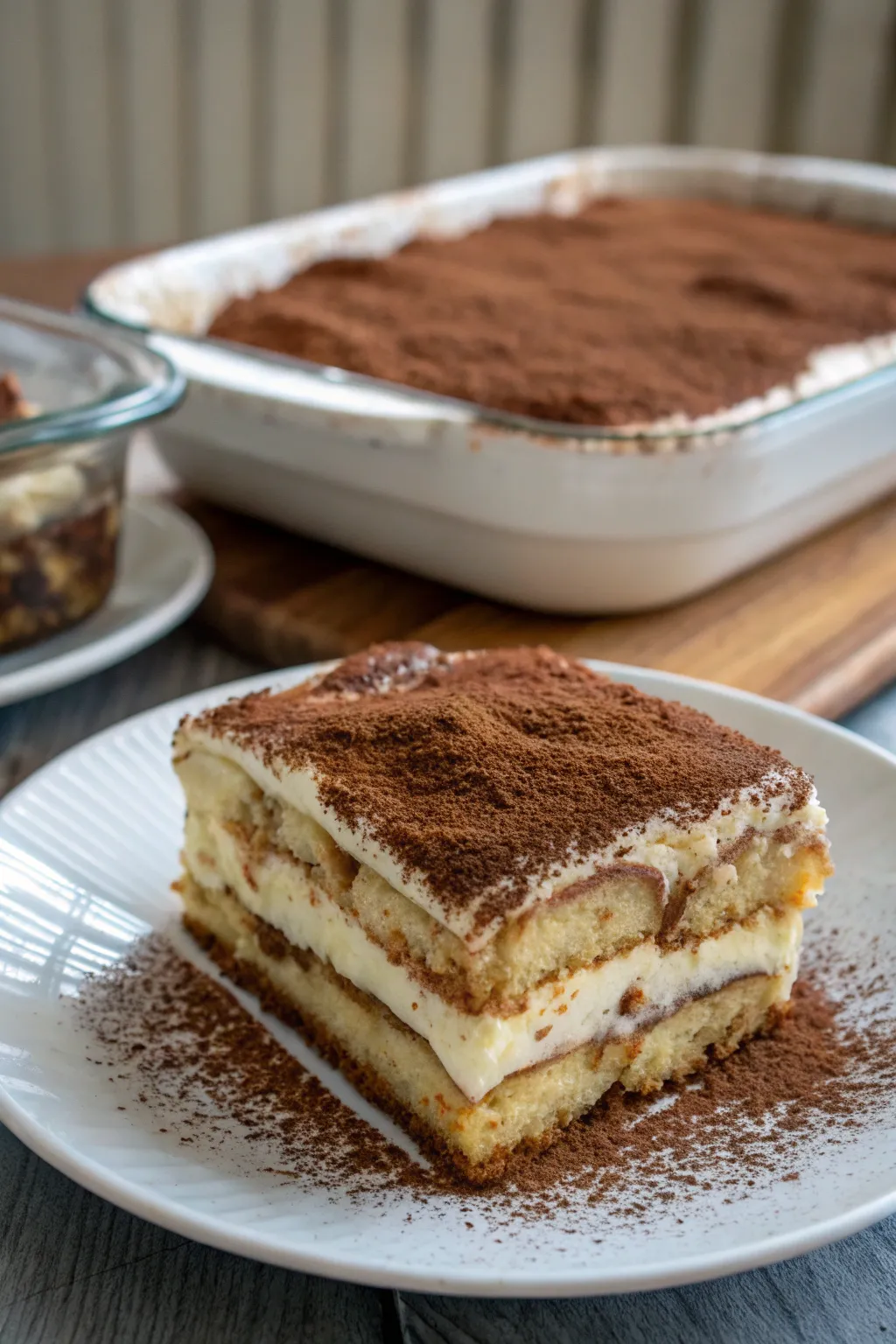
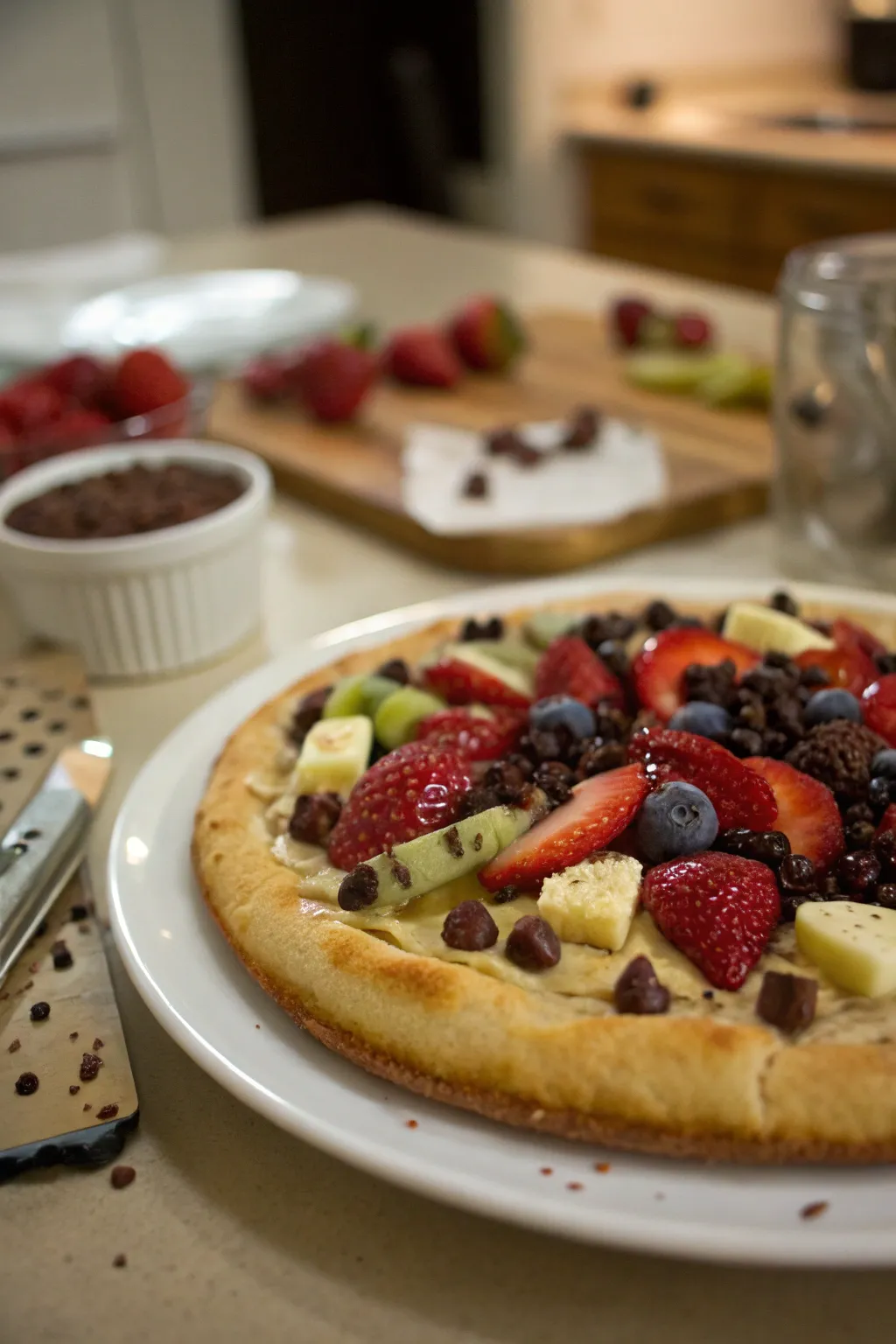

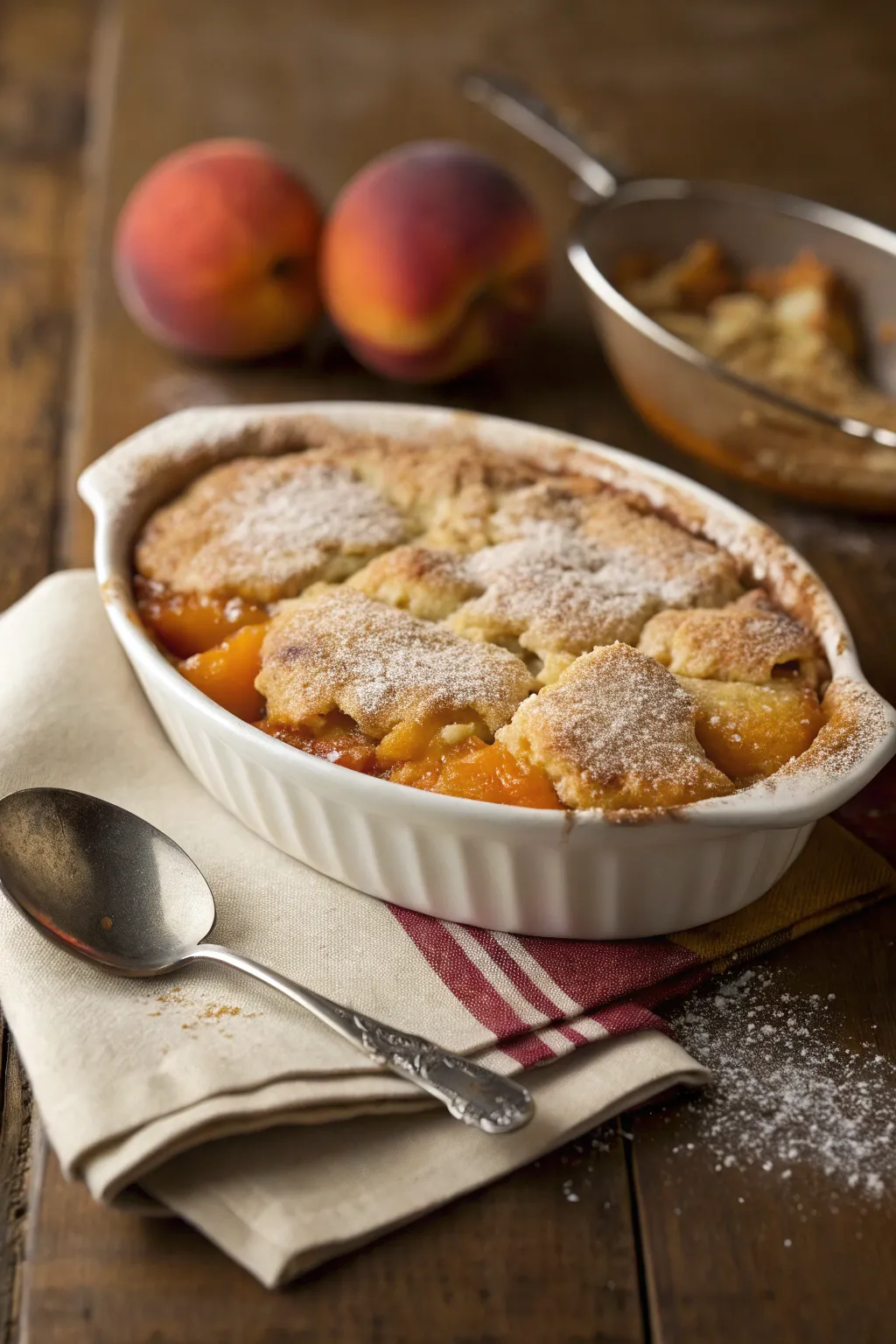
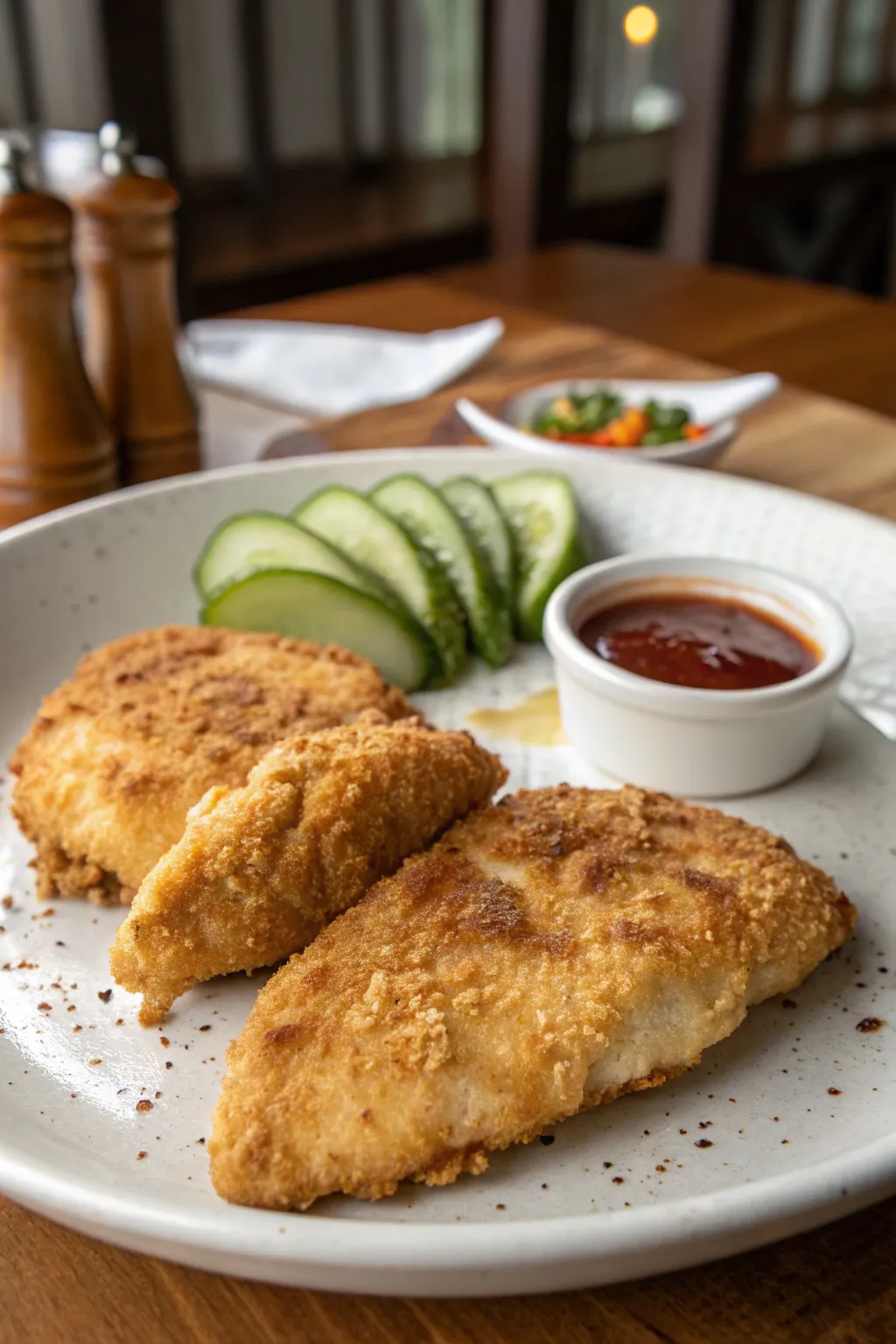


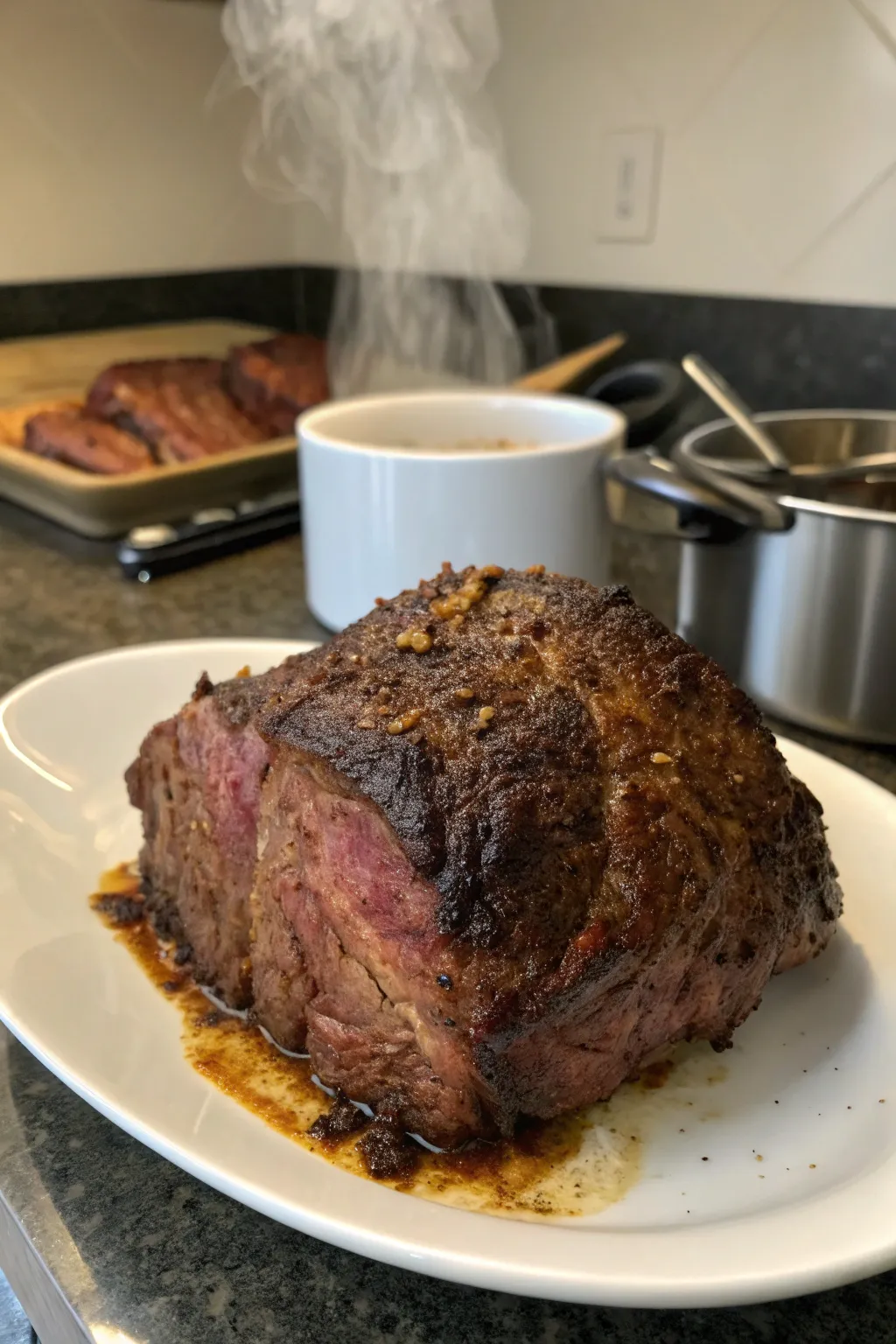
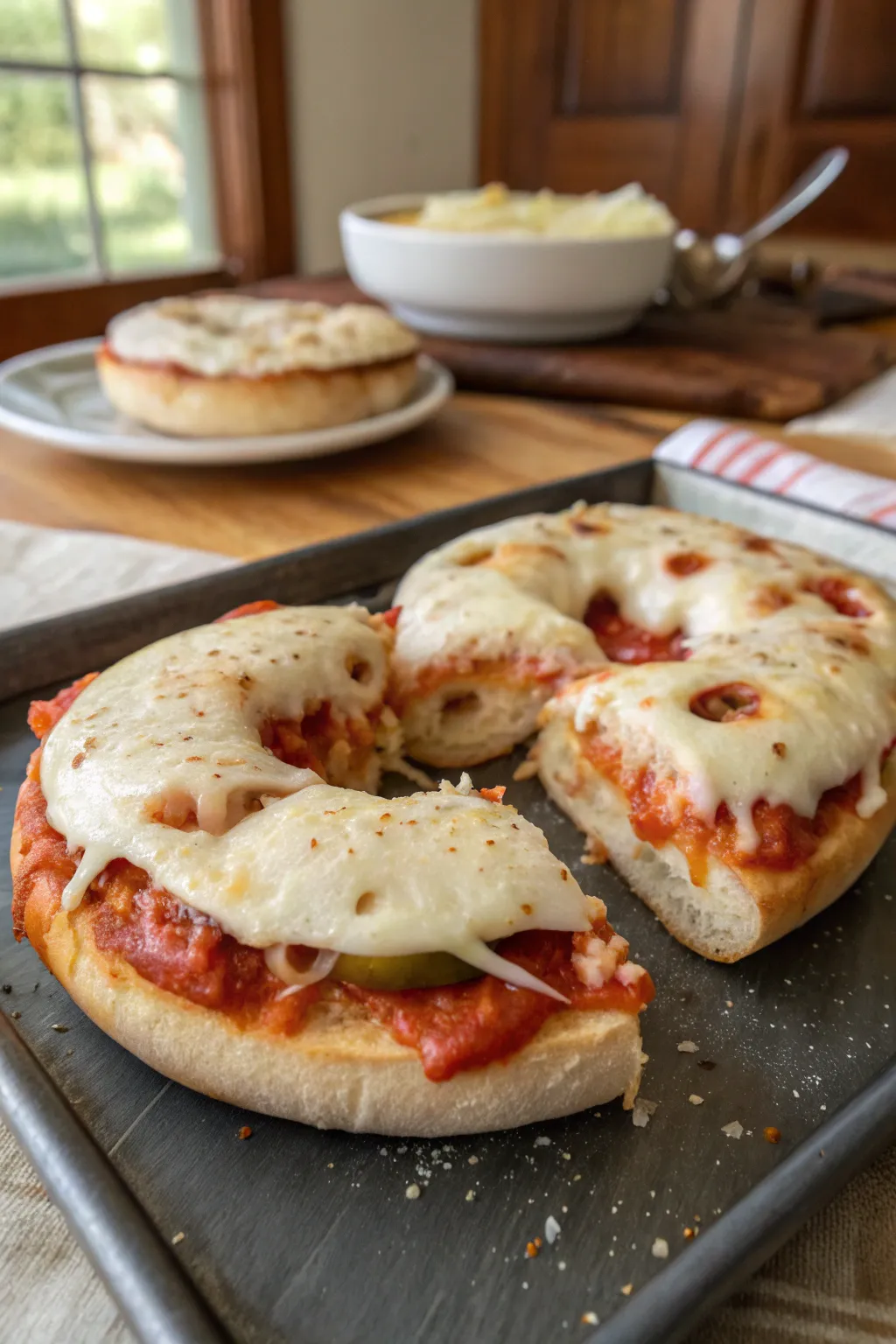






Leave a Comment